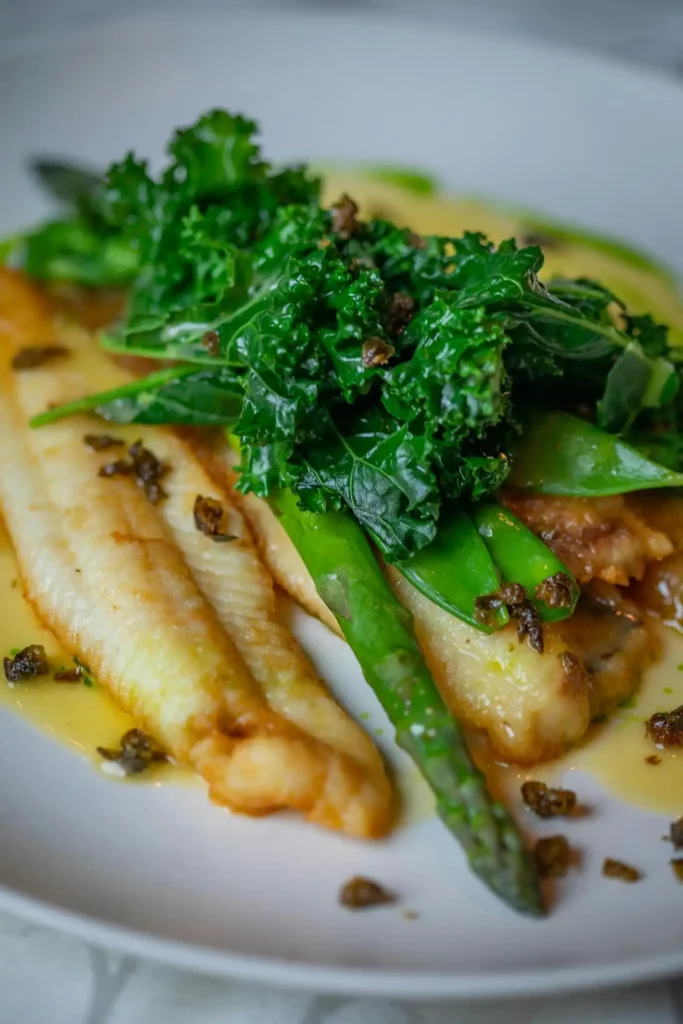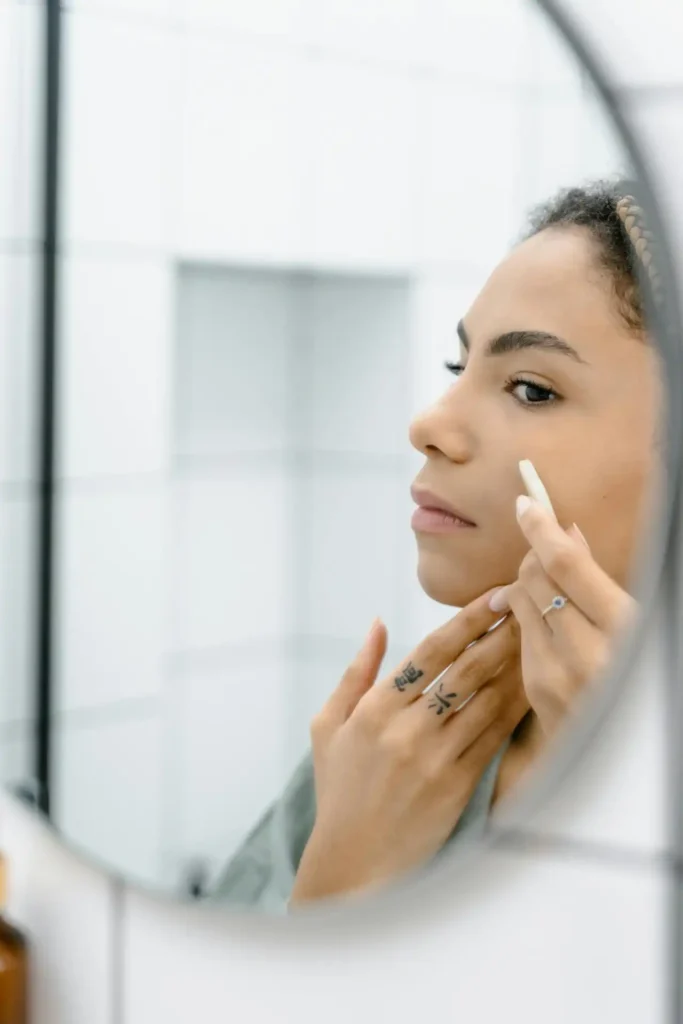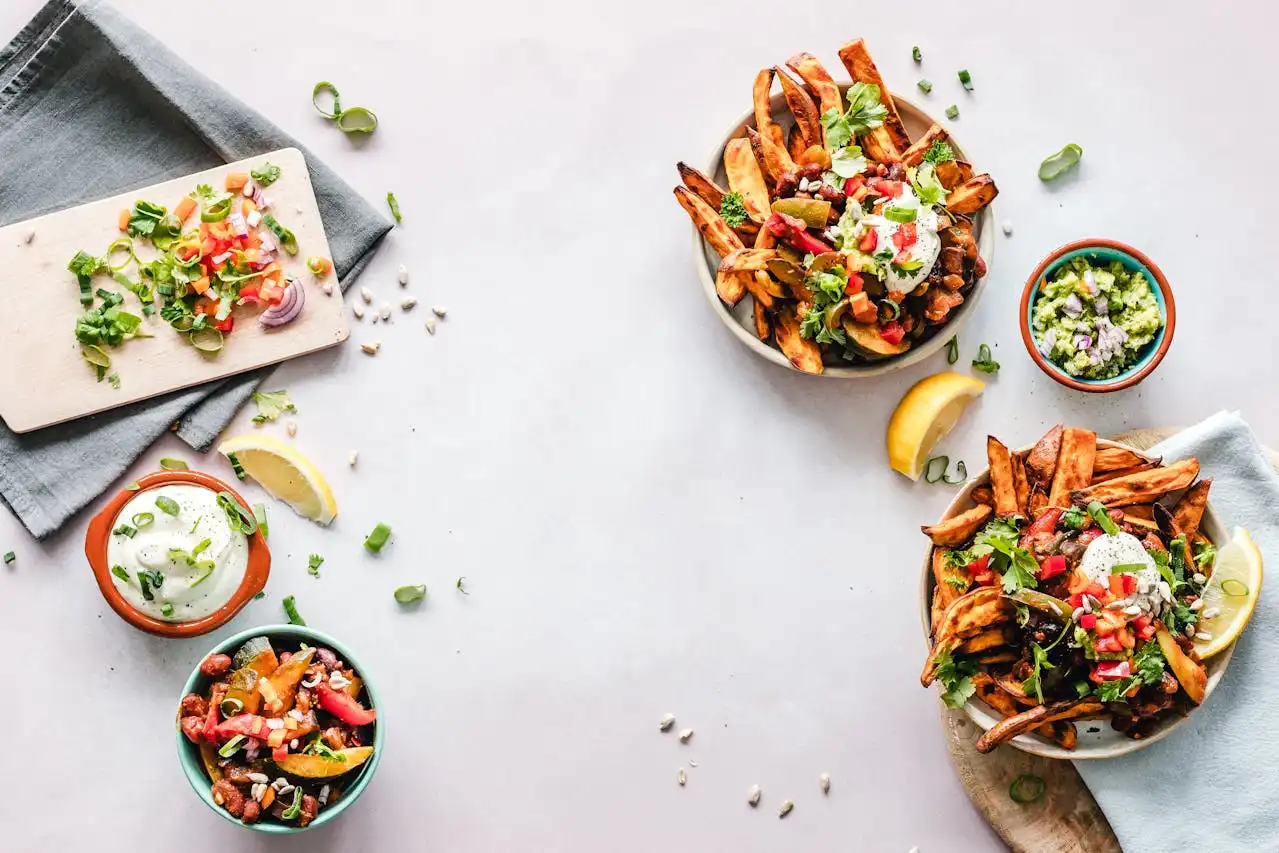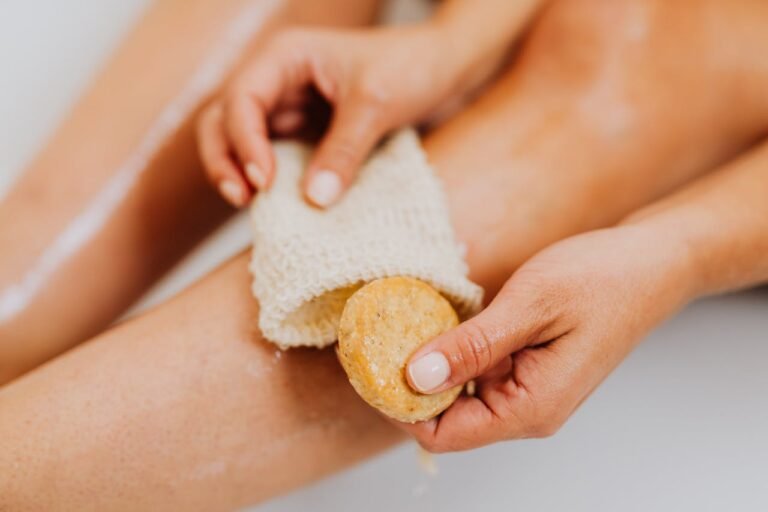Foods That Can Cause or Prevent Breakouts
You’ve probably heard the saying “you are what you eat,” and when it comes to your skin, this couldn’t be more accurate.
The foods you consume daily play a significant role in determining whether you wake up with clear, glowing skin or frustrating new breakouts staring back at you in the mirror.
Foods That Can Trigger Breakouts

Dairy Products: The Hidden Culprit
Your morning latte or evening ice cream might be sabotaging your skincare routine.
Dairy products contain hormones that can stimulate oil production in your skin, leading to clogged pores and breakouts.
Milk, cheese, and yogurt all contain insulin-like growth factor-1 (IGF-1), which increases sebum production.
When your skin produces excess oil, bacteria thrive in your pores, creating the perfect environment for acne to develop.
You don’t have to eliminate dairy completely, but reducing your intake can make a noticeable difference.
Try switching to plant-based alternatives like almond milk, oat milk, or coconut yogurt for a few weeks and observe how your skin responds.
Many people notice clearer skin within just two to three weeks of reducing dairy consumption.
The improvement often surprises those who never connected their daily cappuccino to their persistent chin breakouts.
High-Glycemic Foods: Sugar’s Sweet Revenge
Foods that spike your blood sugar levels can wreak havoc on your complexion.
White bread, sugary cereals, candy, and processed snacks cause rapid increases in insulin, which triggers inflammation throughout your body, including your skin.
When you consume high-glycemic foods, your body produces more insulin to manage the sugar rush.
This insulin spike stimulates the production of androgens, hormones that increase oil production and contribute to acne formation.
Refined carbohydrates also promote inflammation, which can worsen existing breakouts and slow the healing process.
Your skin becomes more reactive and sensitive when inflammation levels remain consistently high.
Consider swapping white rice for quinoa, choosing whole grain bread over white bread, and reaching for fresh fruit instead of processed sweets.
These simple substitutions help maintain stable blood sugar levels and support clearer skin.
Processed and Fried Foods: The Inflammation Triggers
Fast food, chips, and heavily processed snacks contain trans fats and high levels of omega-6 fatty acids that promote inflammation.
When you regularly consume these foods, you create an inflammatory environment in your body that manifests on your skin.
Fried foods also contain advanced glycation end products (AGEs), which damage collagen and elastin in your skin.
This damage not only contributes to premature aging but also impairs your skin’s ability to heal from breakouts efficiently.
The excessive salt in processed foods can cause water retention and puffiness, making existing breakouts appear more prominent.
High sodium levels also disrupt your skin’s natural barrier function, leaving it more vulnerable to irritation and bacterial invasion.
You’ll notice improvements in your skin’s texture and clarity when you reduce processed food consumption.
Focus on preparing more meals at home using fresh, whole ingredients to give your skin the nutrients it needs to stay healthy.
Chocolate: Not All Types Are Equal
The relationship between chocolate and acne isn’t as straightforward as you might think.
Dark chocolate with high cocoa content actually contains antioxidants that can benefit your skin, while milk chocolate loaded with sugar and dairy can trigger breakouts.
Milk chocolate combines two potential acne triggers: dairy and refined sugar. This combination creates the perfect storm for increased oil production and inflammation.
The high sugar content spikes insulin levels, while the dairy components stimulate hormonal pathways that affect your skin.
Dark chocolate with 70% or higher cocoa content contains flavonoids that have anti-inflammatory properties.
These compounds can actually help protect your skin from damage and support overall skin health when consumed in moderation.
If you’re a chocolate lover, gradually transition to darker varieties with less added sugar.
You might find that this simple switch allows you to enjoy chocolate without compromising your skin’s clarity.
Foods That Help Prevent Breakouts

Omega-3 Rich Fish: Nature’s Anti-Inflammatory
Fatty fish like salmon, mackerel, and sardines provide powerful omega-3 fatty acids that combat inflammation from the inside out.
These healthy fats help regulate oil production and support your skin’s natural healing processes.
Omega-3s also strengthen your skin’s barrier function, helping it retain moisture and resist bacterial invasion.
When your skin barrier is strong, you’re less likely to experience the irritation and sensitivity that can lead to breakouts.
Research shows that people who consume omega-3 rich fish regularly have lower rates of inflammatory acne. Aim to include fatty fish in your diet two to three times per week.
The anti-inflammatory effects of these fatty acids help calm existing breakouts and prevent new ones from forming.
If you don’t eat fish, consider high-quality fish oil supplements or plant-based omega-3 sources like chia seeds and walnuts.
Antioxidant-Rich Berries: Your Skin’s Best Friends
Blueberries, strawberries, and blackberries pack powerful antioxidants that protect your skin from free radical damage and reduce inflammation.
These colorful fruits also provide vitamin C, which supports collagen production and helps your skin heal from breakouts more quickly.
The anthocyanins in berries give them their vibrant colors and provide potent anti-inflammatory benefits.
These compounds help neutralize the oxidative stress that can worsen acne and slow the healing process. Frozen berries work just as well as fresh ones and are often more budget-friendly.
Berries also have a lower glycemic index compared to many other fruits, meaning they won’t cause dramatic spikes in your blood sugar levels.
This makes them an excellent sweet treat that supports rather than sabotages your skin health goals.
You can easily incorporate berries into your daily routine by adding them to smoothies, yogurt, or eating them as snacks.
Leafy Greens: Nutrient Powerhouses for Clear Skin
Spinach, kale, and other leafy greens provide essential vitamins and minerals that support healthy skin function.
These vegetables are rich in vitamins A, C, and E, which all play crucial roles in maintaining clear, healthy skin.
Vitamin A helps regulate cell turnover, preventing dead skin cells from clogging your pores.
Vitamin C supports collagen production and helps fade post-acne marks more quickly. Vitamin E protects your skin from oxidative damage and supports the healing process.
Leafy greens also contain folate, which helps your body produce new, healthy skin cells.
This nutrient is particularly important for maintaining the rapid cell turnover necessary for clear, glowing skin.
Try adding a handful of spinach to your morning smoothie or building your lunch around a large salad filled with various leafy greens.
The more variety you include, the broader range of skin-supporting nutrients you’ll consume.
Zinc-Rich Foods: Mineral Magic for Acne Control
Foods high in zinc, such as pumpkin seeds, chickpeas, and lean meats, help regulate oil production and support your skin’s healing processes.
Zinc deficiency is common among people with acne, making adequate intake particularly important for clear skin.
Zinc has natural anti-inflammatory and antibacterial properties that help control the bacteria responsible for acne breakouts.
This mineral also supports immune function, helping your body fight off infections that can worsen existing breakouts.
The healing properties of zinc help reduce the duration and severity of breakouts when they do occur. Vegetarians can focus on legumes, nuts, and seeds to meet their zinc needs.
People who maintain adequate zinc levels often notice that their skin heals more quickly from blemishes and shows less post-acne scarring.
Oysters provide the highest concentration of zinc, but if shellfish isn’t your preference, pumpkin seeds, hemp seeds, and grass-fed beef are excellent alternatives.
Probiotics: Gut Health Equals Skin Health
Fermented foods like kimchi, sauerkraut, and kefir support your gut microbiome, which directly influences your skin health.
The connection between gut health and skin clarity is so strong that many dermatologists now recommend probiotics as part of acne treatment plans.
A healthy gut microbiome helps reduce systemic inflammation, which can manifest as clearer, calmer skin.
When your digestive system functions optimally, your body can better absorb the nutrients necessary for healthy skin maintenance.
Probiotics also help strengthen your immune system, making your body more effective at fighting off the bacteria that contribute to acne formation.
This internal support system works alongside your topical skincare routine to promote clearer skin.
You can incorporate probiotics through fermented foods or high-quality supplements.
Variety is key, so try different fermented foods to expose your gut to a diverse range of beneficial bacteria.
Hydration: The Foundation of Clear Skin

Water plays a crucial role in maintaining clear skin, though it won’t single-handedly cure acne.
Proper hydration helps your body flush out toxins and supports optimal organ function, including your skin’s natural detoxification processes.
When you’re well-hydrated, your skin maintains better elasticity and healing capacity.
Dehydrated skin often overproduces oil to compensate for moisture loss, potentially leading to clogged pores and breakouts.
Aim for at least eight glasses of water daily, more if you exercise regularly or live in a hot climate.
You can make hydration more interesting by infusing water with cucumber, lemon, or mint for added flavor and skin-supporting nutrients.
Green tea counts toward your fluid intake and provides additional antioxidants that support skin health.
The polyphenols in green tea have anti-inflammatory properties that may help reduce acne severity when consumed regularly.
Timing and Implementation Strategies

Making dietary changes for clearer skin requires patience and consistency.
You won’t see overnight results, but most people notice improvements within four to six weeks of implementing dietary modifications.
Start by eliminating one potential trigger food at a time rather than overhauling your entire diet simultaneously.
This approach helps you identify which foods specifically affect your skin and makes the transition more manageable.
Keep a food and skin diary to track correlations between what you eat and how your skin responds.
Note not just breakouts, but also changes in skin texture, oiliness, and overall appearance.
Consider working with a registered dietitian who understands the skin-diet connection.
They can help you create a balanced eating plan that supports clear skin while ensuring you meet all your nutritional needs.
Beyond Diet: Supporting Your Skin Holistically

While diet plays a significant role in skin health, remember that other factors also influence breakouts.
Stress, sleep quality, hormonal fluctuations, and skincare routine all impact your complexion.
Managing stress through exercise, meditation, or other relaxation techniques can significantly improve your skin.
Chronic stress increases cortisol production, which can worsen acne and slow healing processes.
Adequate sleep allows your skin to repair and regenerate overnight. Aim for seven to nine hours of quality sleep each night to support your skin’s natural healing mechanisms.
Don’t neglect your topical skincare routine while focusing on dietary changes. A gentle, consistent skincare regimen works synergistically with a skin-healthy diet to promote clearer skin.
Conclusion
The foods you choose directly impact your skin’s health and appearance.
By reducing inflammatory triggers and increasing nutrient-dense options, you can support clearer, healthier skin from within.







